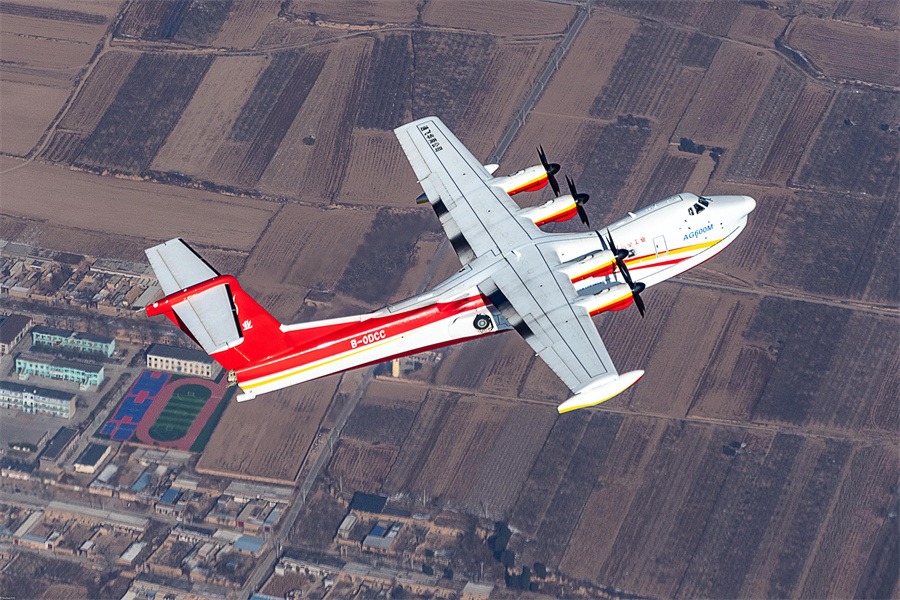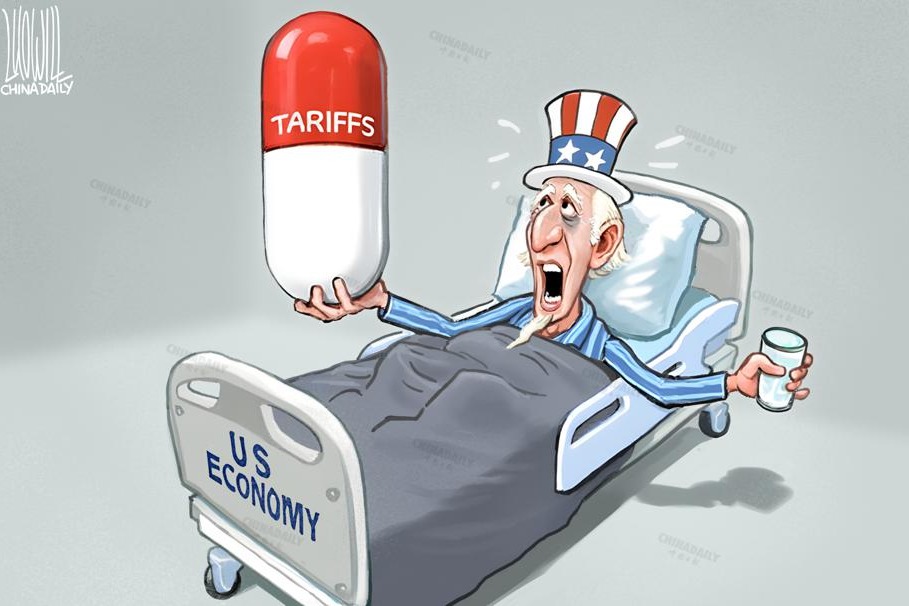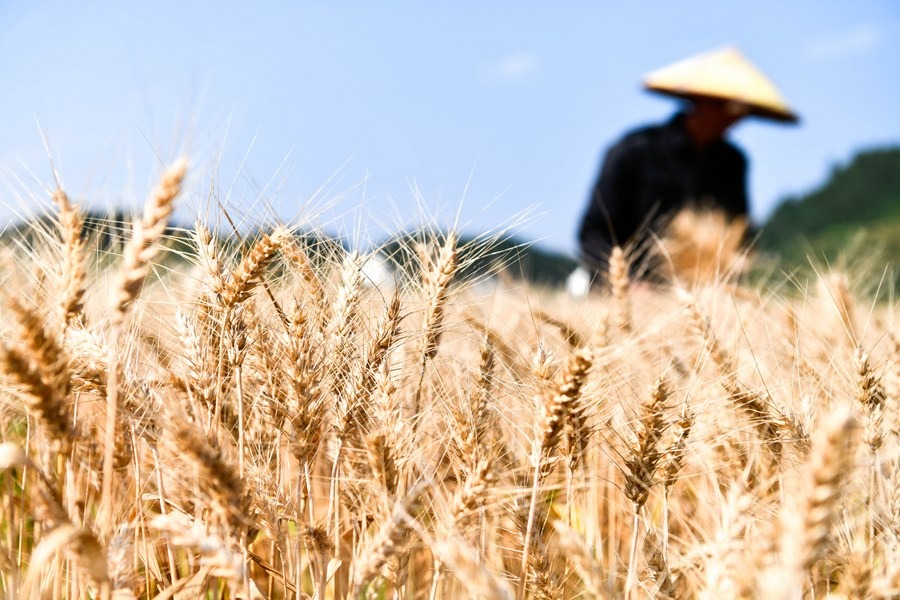China-ASEAN ties set to get a timely shot in the arm


Chinese President Xi Jinping's high-stakes diplomatic visit to Cambodia from Thursday to Friday is expected to further consolidate the "ironclad "friendship between the two countries.
Cambodia-China trade has been growing at a steady pace in recent years, exceeding $15 billion, up 23 percent year-on-year, in 2024, with Cambodia's exports to China surging from $1.24 billion in 2022 to $1.48 billion in 2023, and $1.75 billion in 2024.Cambodia's trade with China has grown steadily from 2016. As a matter of fact, bilateral trade expanded even during the COVID-19 pandemic, reflecting the resilience of the two economies. Also, China has been the largest source of foreign investment in Cambodia for 12 consecutive years, accounting for almost 50 percent of the total investment till last year.
Given these facts, President Xi's high-level visit is likely to be fruitful for both countries.
Cambodia is among the countries worst hit by Washington's reciprocal tariffs, facing duties of 49 percent on its imports to the United States. Although the White House has reversed its decision, delaying the tariffs on Cambodia and the rest of its trading partners, except China, for 90 days, Cambodia is expected to expand its trade with China in agricultural products, which is already included in the China-Cambodia Free Trade Agreement, and other materials in order to retain its position on the regional and global supply chains.
China can easily import 1 million tons of rice, as well as cashew nuts from Cambodia. Cambodian Prime Minister Hun Manet is particularly keen on expanding the export of Cambodian cashew nuts, and strengthening the "rice and fish corridor", and the industrial chain.
However, the United States is the largest export market for Cambodia, accounting for 37.9 percent of Cambodia's total exports. But since China and the US belong to different market segments for Cambodia, China can be a major destination for Cambodian farm products while the US can be the largest market for Cambodia's industrial products.
Besides, Cambodia is seeking to further strengthen cooperation with China in services, including the tourism and tourism-related sectors, while Beijing's economic policy of high-level opening-up is benefitting both China and its trading partners, including Cambodia, and promoting people-to-people exchanges. For example, according to pre-pandemic data from 2019, the number of Chinese tourists accounted for 38.7 percent, by far the highest percentage, of all visitors to Cambodia.
More important, how can Cambodia attract Chinese investments to its cashew nut industry, as well as green energy and environmental cooperation sectors should be part of the discussions between the two sides during President Xi's visit.
As a rising manufacturing hub, Cambodia has seen a surge in Chinese investments in recent years as companies move production out of China to take advantage of the relatively low labor costs in Cambodia and hedge against US levies.
The relocation of Chinese factories to Cambodia and sharing of the value and supply chains by China and Cambodia should also be part of the high-level discussions. For instance, the relocation of BYD's factories to Cambodia should be accompanied by the shifting of the spare parts industries to the country, in order to reduce the cost of production and somewhat offset the impact of the US' tariffs on Cambodian and Chinese products. To achieve that, the two countries should sign agreements across multiple sectors — including railway connectivity between China and Cambodia via Laos, agricultural trade, the digital economy and the green economy.
The Sino-Cambodian discussions during President Xi's visit should also include how to improve air connectivity between the two countries.
While Cambodia can become the hub-and-spoke of Chinese products in ASEAN through improved infrastructure connectivity including railway, waterway and airway, the Bank of China branches in Cambodia should play the role of an intermediary bank in ASEAN for promoting ASEAN-China banking services, which in turn can help increase the use of the Chinese yuan and boost Chinese investment in Cambodia.

The author is director-general at the Institute of China Studies, Royal Academy of Cambodia. The views don't necessarily reflect those of China Daily.
If you have a specific expertise, or would like to share your thought about our stories, then send us your writings at opinion@chinadaily.com.cn, and comment@chinadaily.com.cn.
































